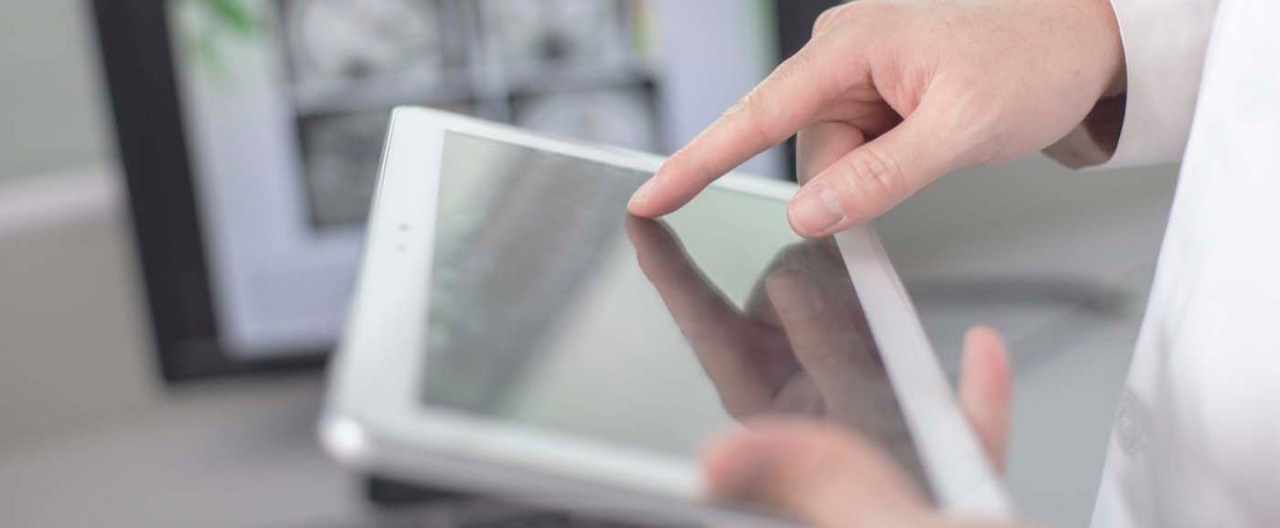Integrating new technology systems into large institutions is notoriously difficult even when it is carefully planned. So how has the rapid roll-out of telehealth during the pandemic altered the risk landscape?
COVID-19 has fast-tracked and consolidated the adoption of healthcare information technology, or telehealth, into mainstream healthcare as face-to-face appointments became risky for patients and healthcare workers alike when the virus took hold.
In the blink of an eye, doctors’ appointments were delivered by video, electronic prescriptions became widespread and triage went online. Aside from the convenience it offers many patients, telehealth has also been creating efficiencies within healthcare systems as specialist services get accessed via video links. In addition, the technology has also been central to strategies for fighting the virus through contact tracing apps, for instance.
The cross-section of applications for telehealth found during the pandemic hints at the sector’s breadth and potential.
However, its rapid rise to prominence means that systems have not been integrated as carefully as they would have in normal times. Where largescale IT projects ordinarily take years to implement, the adoption of telehealth happened in a matter of weeks and months. The underlying risks associated with accelerated digital transformation on a massive scale in the sector range from privacy and data breaches to errors and omissions – all of which need to be addressed.
Read “The Great Telehealth Experiment” report to learn how the sudden rise in telehealth services during the pandemic has given patients and healthcare professionals a glimpse into the benefits of digital transformation, along with the risks that must be managed.
Key takeaways
- The pandemic has fast-tracked telehealth into the mainstream.
- Data compatibility issues between systems can undermine good projects.
- Doctors need training to interpret all of the data they are now receiving.
- Technology companies need to be careful when documenting project requirements under time pressure.
- In the future, patients will have more health data at their fingertips and AI will play a big role in diagnosis.
Read more reports in the ‘Life Science in the era of pandemics’ series:
Insights and Expertise
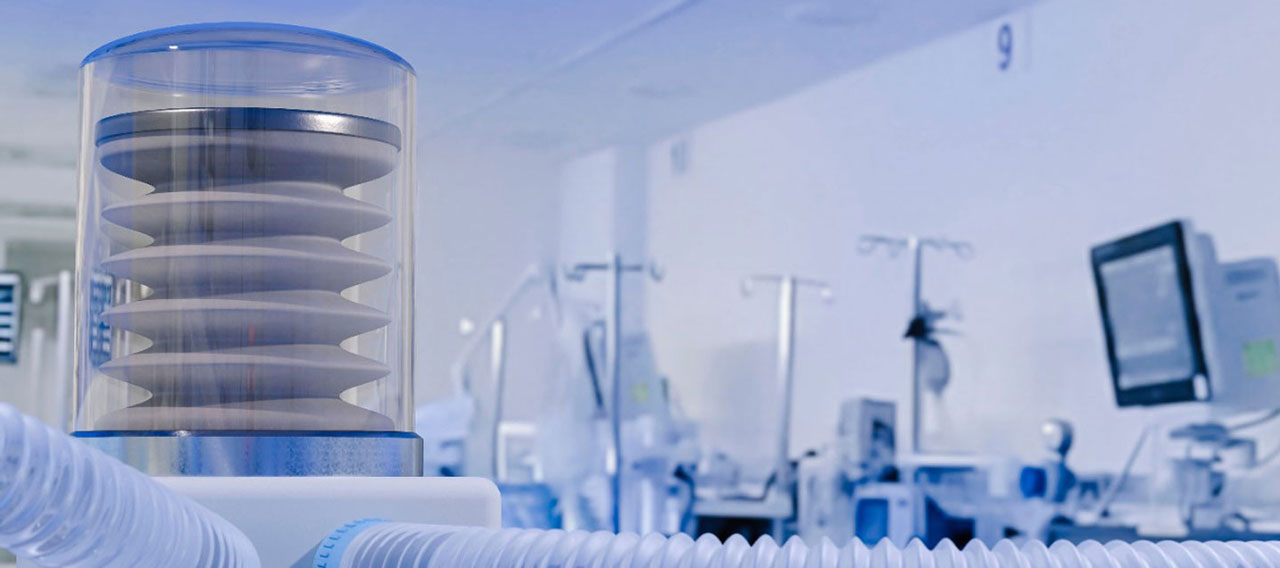
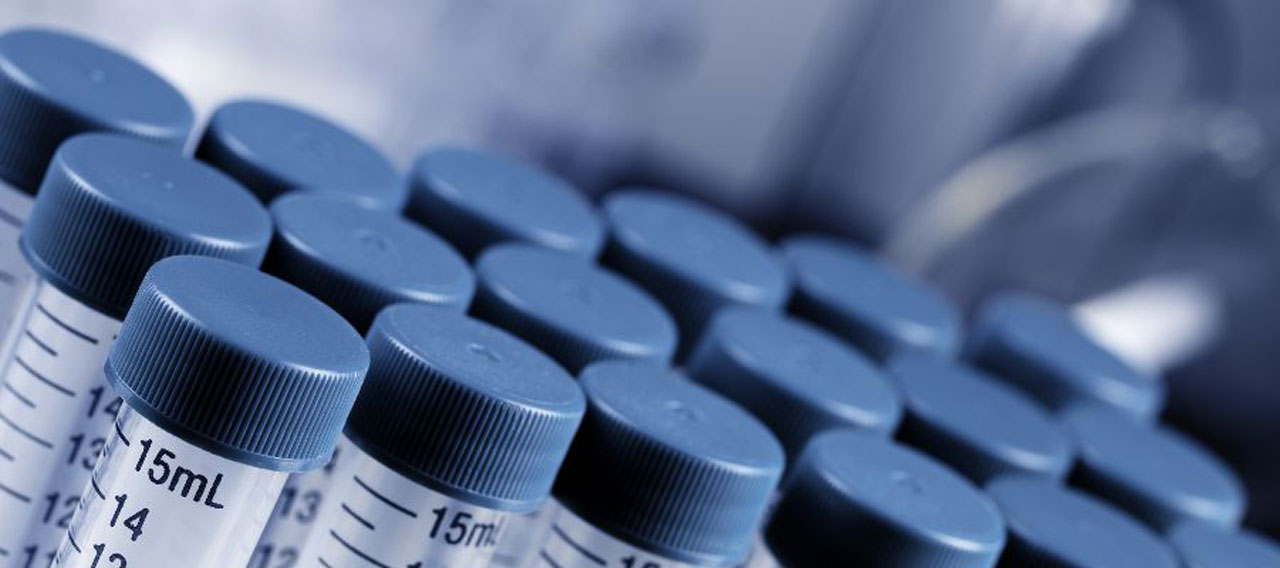


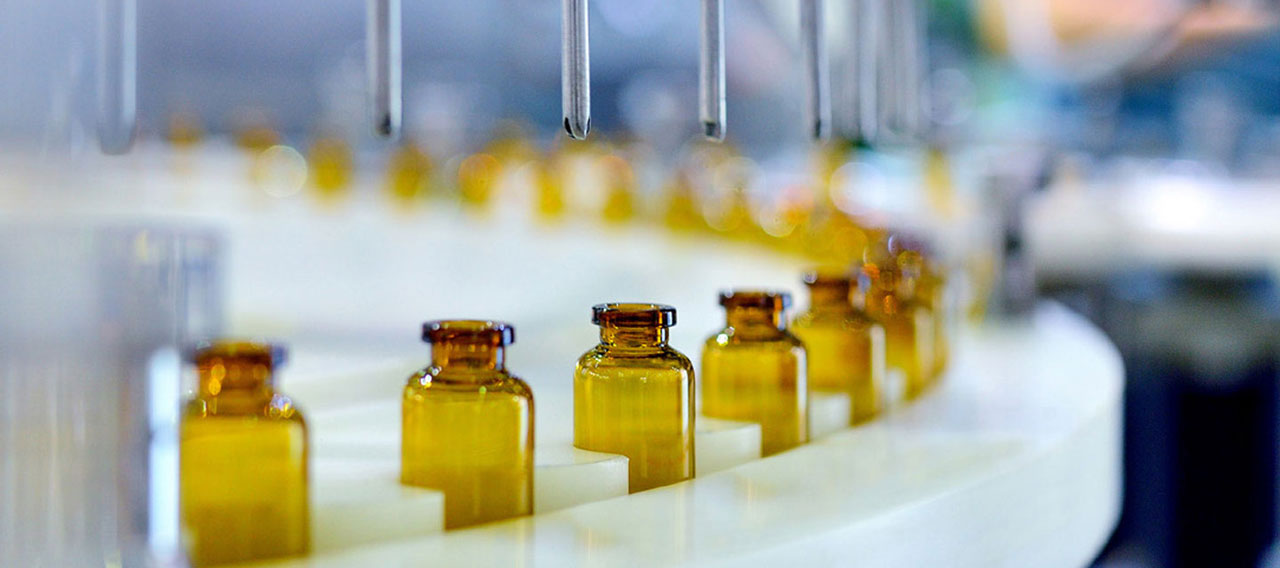
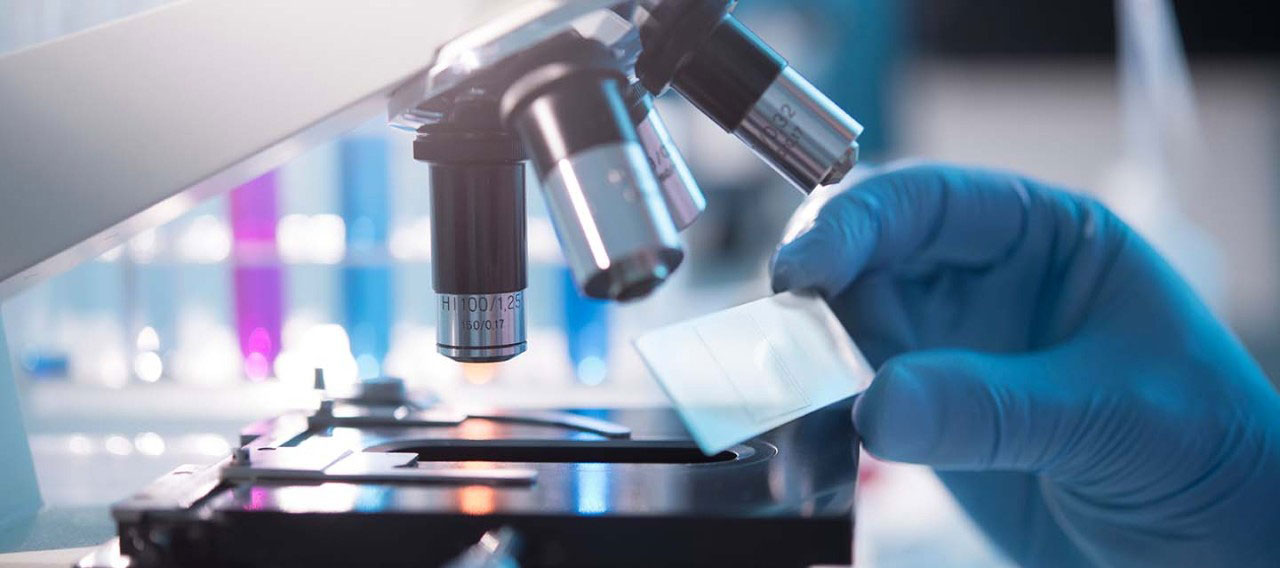
No part of this article may be reproduced in any written, electronic, recording, or printed form without written permission of Chubb.
Disclaimer - All contents of this article are intended for general information/guidance purposes only and not intended to be an offer or solicitation of insurance products or personal advice or a recommendation to any individual or business of any product or service. This article should not be relied on for legal advice or policy coverage and cannot be viewed as a substitute to obtaining proper legal or other professional advice, or for reading the policy documents. You should read the policy documents to determine whether any of the insurance product(s) discussed are right for you or your business, noting different limits, exclusions, terms and conditions apply in each country or territory, and not all cover is available in all countries or territories.











